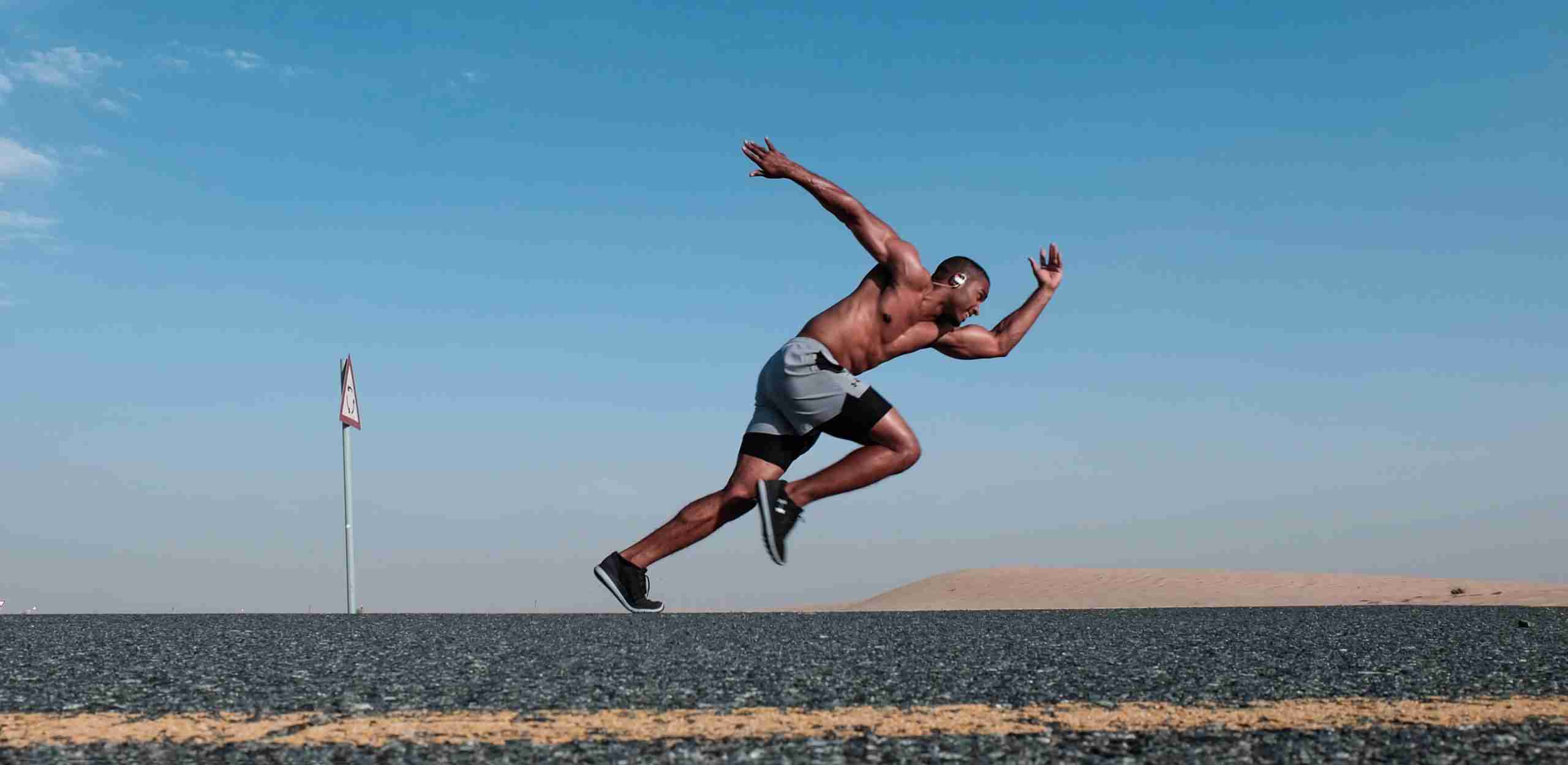What if I told you that to save yourself from ankle sprains, all you have to do is get stronger quads?
That’s right, no more silly exercises balancing on three Bosu balls or blindfolded heel raises. Stronger quads may seem like a ridiculous solution but the biomechanics behind it are rock solid.
First, some background
The main occurrence of ankle sprains during running is on inconsistent or unstable ground (uneven pavement or rocky terrain). The most common ankle position for sprains is a toe down or plantarflexed position.
Step-by-step, here’s how it works:
- The most vulnerable position for the ankle is in plantarflexion (toes away from shin) because,
- with the toe pointed, the muscles are at a mechanical disadvantage to resist rolling and,
- the ankle joint is in quite a loose position and doesn’t lock together to prevent tilting.
- As the ankle moves into a dorsiflexed position (toes towards shin),
- the main ankle joint moves into a closely packed position, with very little side to side movement available. In this position its ability to move inwards is significantly reduced
- The muscles around the ankle tighten and prevent the outside edge of the foot from rolling inwards.
So to prevent ankle sprains, we simply need to land on the ground in a more dorsiflexed position. But,
- a lack of confidence may cause you to reach for the ground with your toes, putting the ankle in a vulnerable position, and
- to absorb shock, you may point your toes down for earlier contact to give you more time to decelerate your landing.
So in order to keep the ankle in a safe position and avoid reaching, we need confidence and better shock absorption without relying on the ankle.
This can be achieved by
- practicing the landing scenario on a number of different surfaces and a number of different directions, such as hopping off a park bench
- improving the ability of the knee and quads to absorb shock (rather than the ankle) by working on eccentric control and strength of the quads. This can be achieved with exercises such as forward step downs.
These two approaches combined will enable you to keep the ankle in a safe position during running, therefore making it almost impossible to sprain an ankle.
Written by
Pete Colagiuri
Sports Physiotherapist
Pete has over 20 years experience as a Physiotherapist and specialises in running biomechanics and complex injuries. He believes that you must identify and fix the underlying cause of an injury, to recover faster, prevent recurrences and improve performance.


